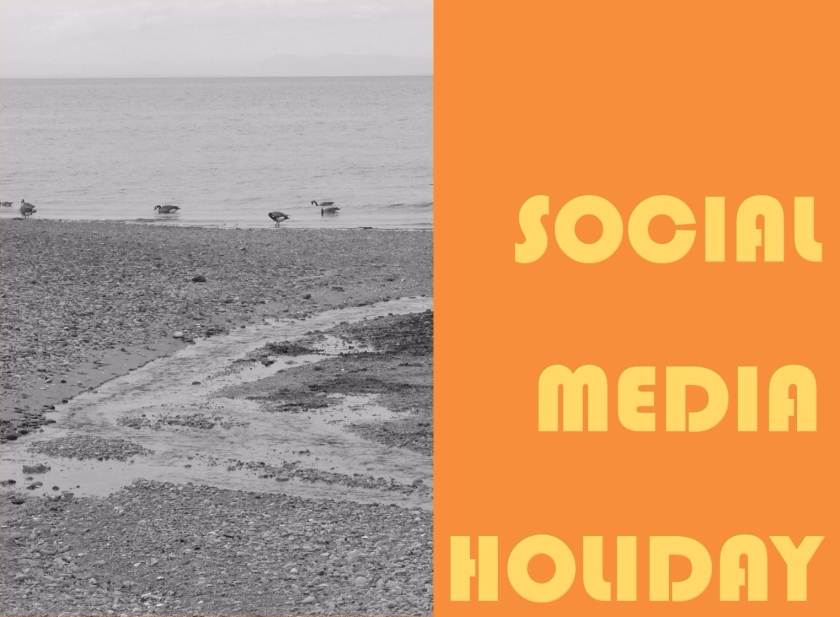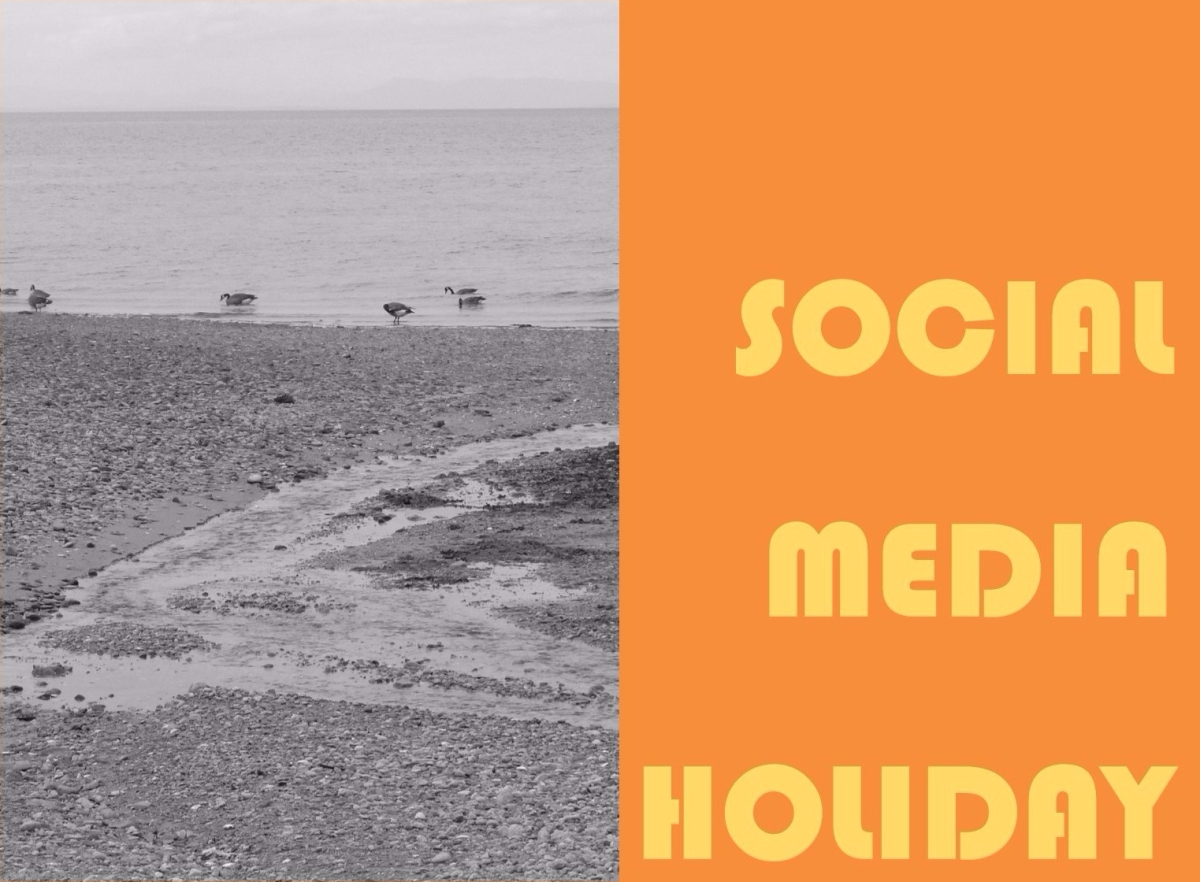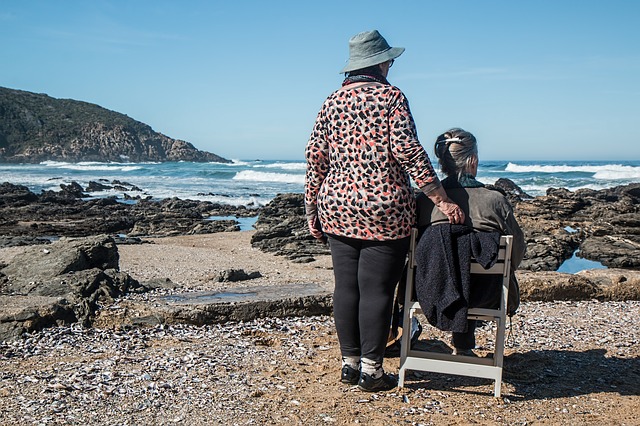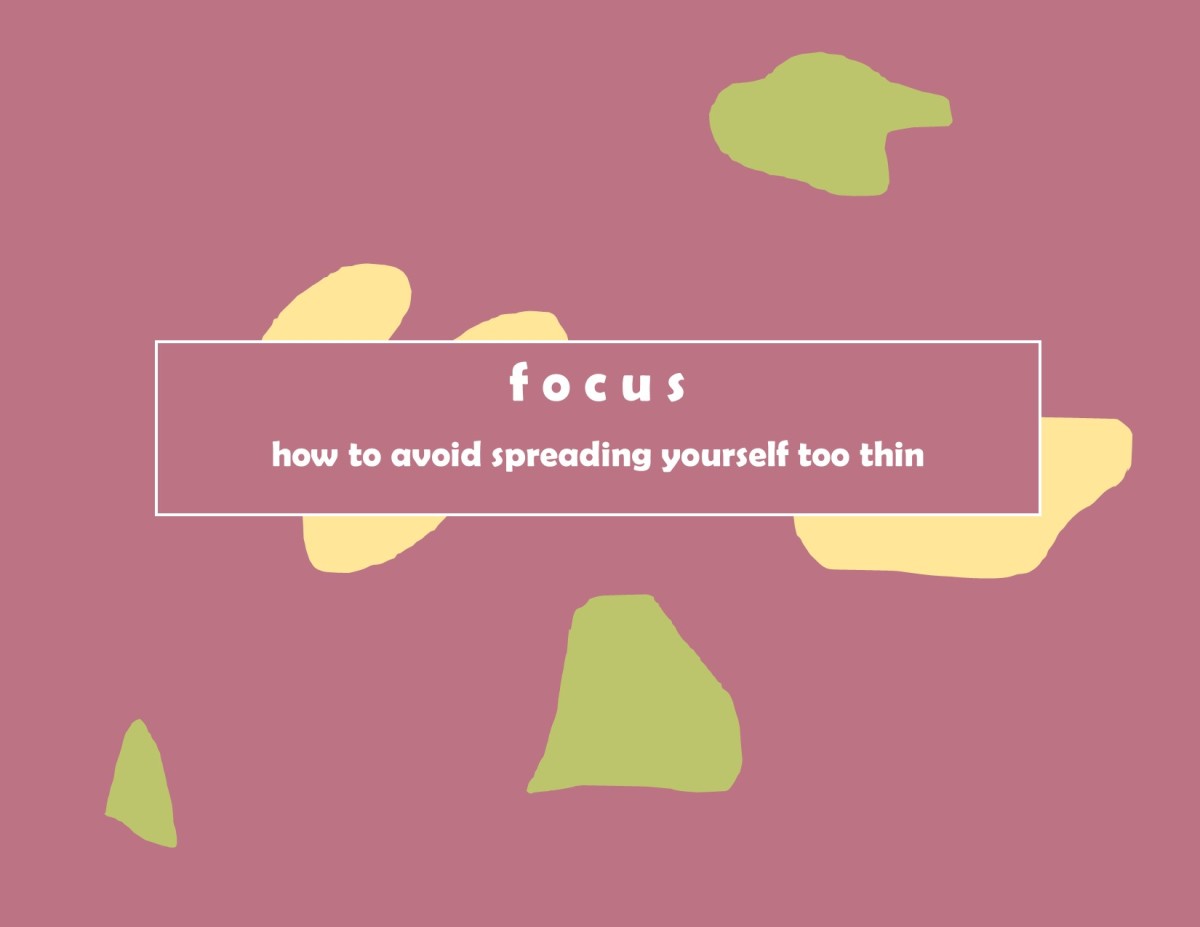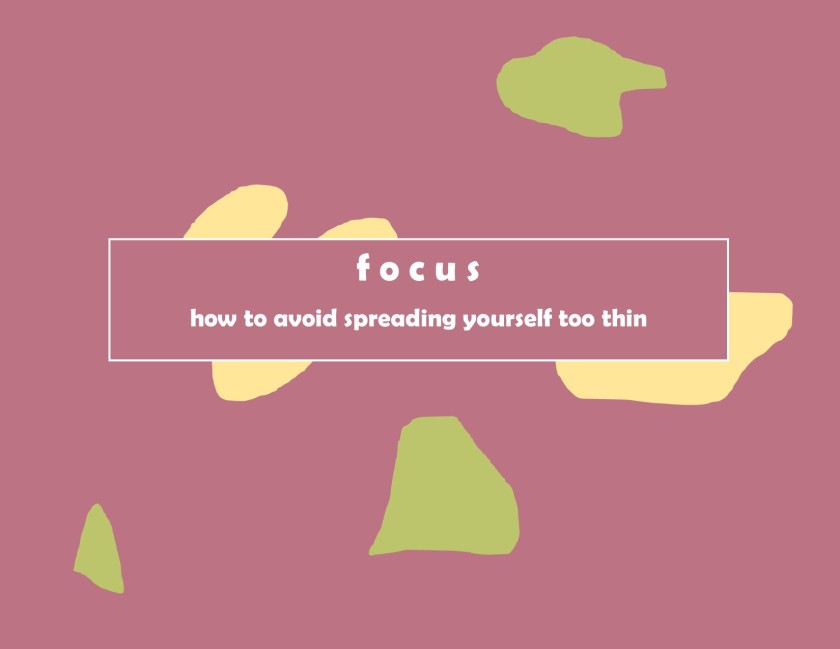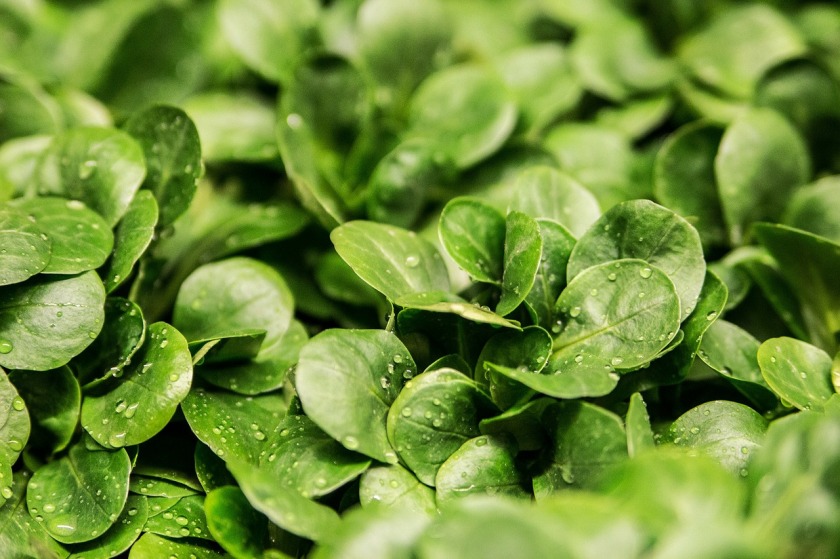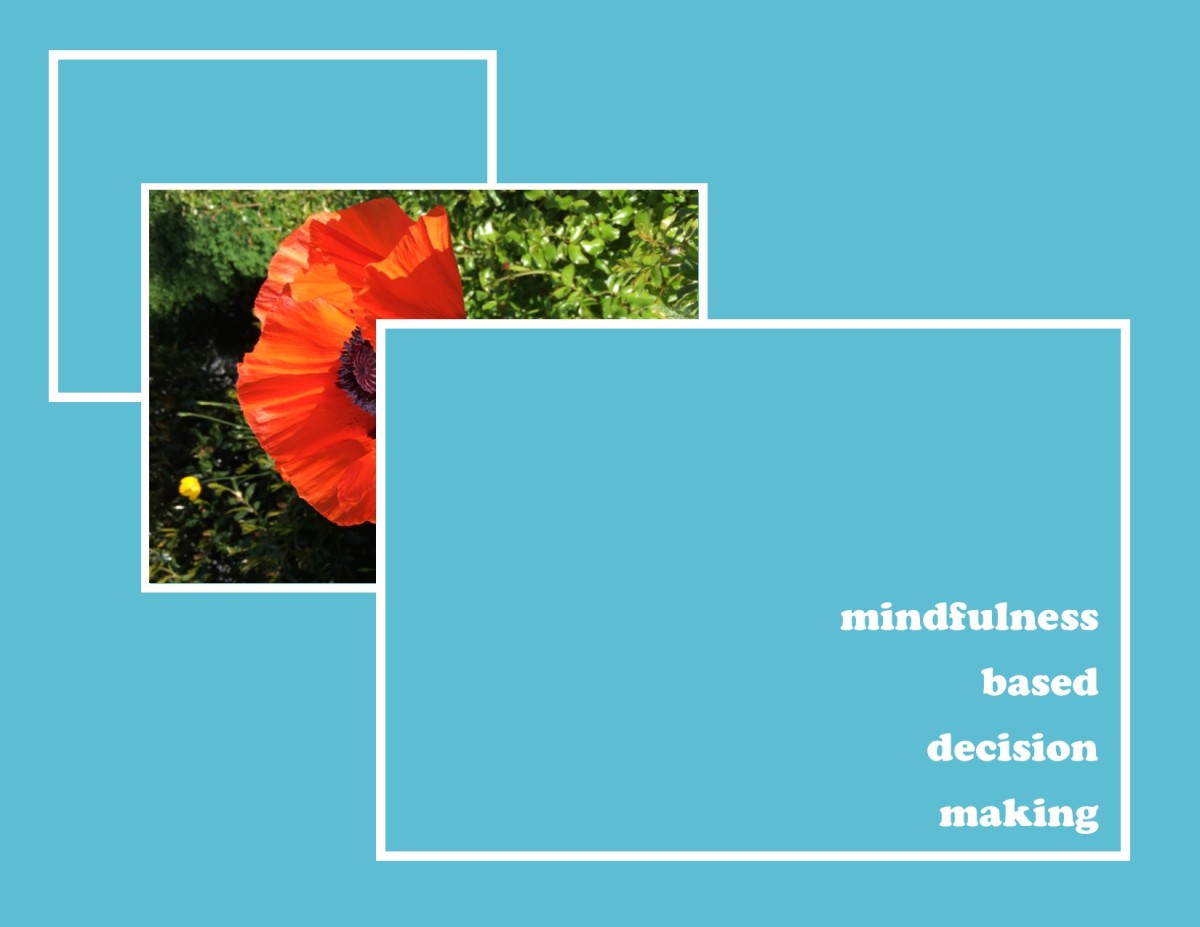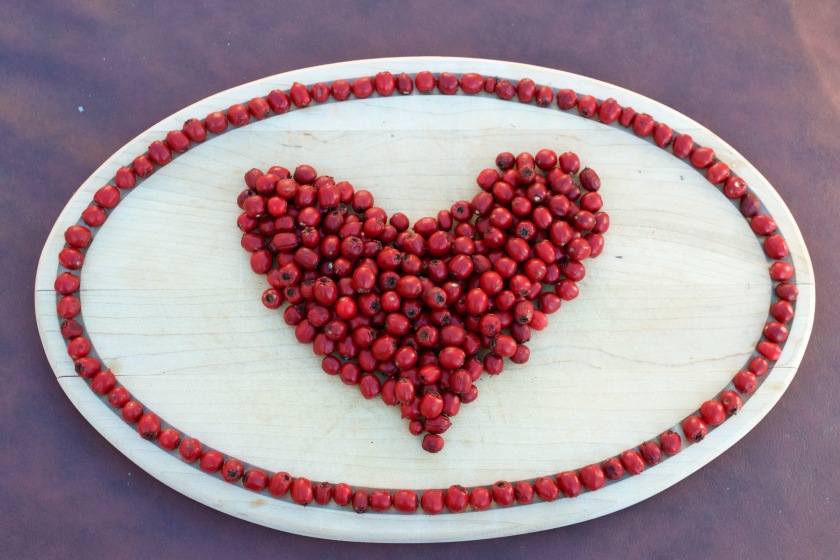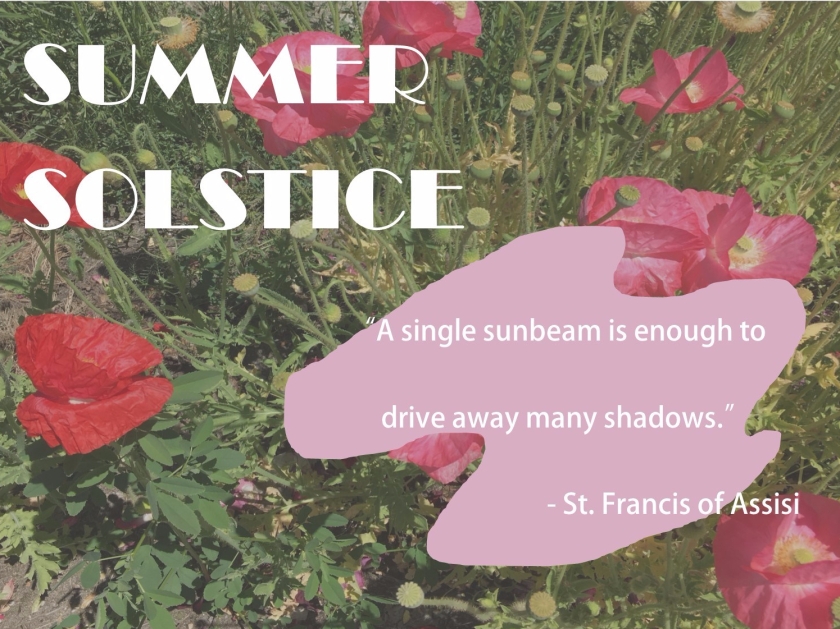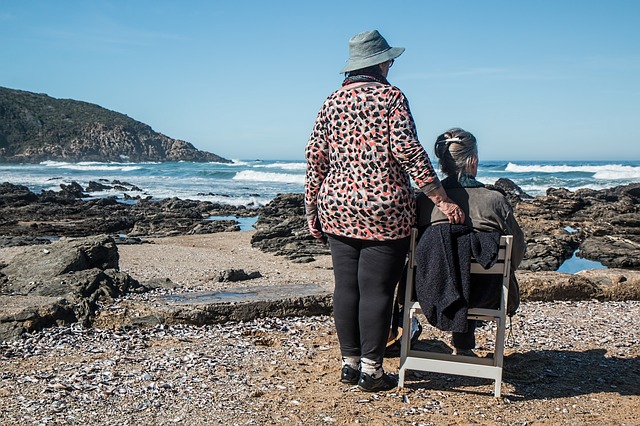
In our last Depression and Seniors post, we discussed some of the signs and symptoms of depression and included some tips for getting help. In this post, we’ll be talking more about how to have a difficult conversation with your loved one about getting support for depression.
Introduce the topic mindfully.
When you’re nervous about having a difficult conversation with someone, you might go over the many ways you think the talk might go before having it. Preparing for a conversation can help you anticipate questions and prepare answers, but it can also cause a lot of fear if you think the person you’re talking to might react poorly. Try to be open to their reactions to prevent defensiveness. Although you’ll never find a perfect moment to bring up something that’s hard to talk about, aim for a good one. You might
know that your loved one is the calmest after eating or shortly after they’ve woken up. Make sure you leave enough time for a lengthy conversation and avoid bringing up tough topics if you have to go somewhere else quickly or if someone else will be visiting.
Be calm and direct.
Though it doesn’t have to be perfect, and there’s a good chance that it won’t be, try to broach the topic calmly and directly. One of the most common mistakes people make when starting a tough conversation is to avoid the topic. This can be confusing for the other person and may cause them to be more upset.
“The past few weeks your mood has seemed very low. I know it can be hard to open up to a new person, but talking to a counsellor might be helpful. I’d be happy to go with you to meet someone. How do you feel about it?”
“I’ve noticed that lately you have not been returning my phone calls or going out for walks like you usually do. I’m worried about you. How are you doing?”
Practice Active Listening.
Now that you’ve started the conversation, you’ll want to be remain open to your loved one’s reaction. This is probably the part of the conversation that you’ve been dreading, since you might think they’ll react negatively. Although this is the scary part, it’s also the time when you have the most control over how the rest of the discussion will go. If your loved one says “no” to your suggestion or acts hurt or offended that you’d suggest bringing another professional in to their circle of care, your instinct might be to react strongly. You might be worried that their refusal to accept assistance will increase the pressure on you or make their situation worse. This might make you angry or want to shut down, but those reactions will not help. Practicing active listening increases mutual understanding. You can practice active listening by using open body language, giving your loved one the time to fully express themselves, and by using empathy to reflect their feelings back to them. This will help you to understand where they’re coming from and alleviate some of their fears, and it will help your loved one know that you care about how they feel.
Here’s an example:
Sadaf has told her mother that she’s noticed her mood has been low lately and has suggested talking to their family doctor about connecting her with a counsellor for some extra support. She has asked how her mother would feel about it. Sadaf’s mother responds, “I’m fine and I don’t need to talk to anyone. I won’t bother you with my problems anymore.” Sadaf feels frustrated by this response and wants to walk away, but remembers to use active listening.
“It sounds like you’re really hesitant about talking to someone else about how you’ve been feeling. I know you’re not fine because of what you’ve been telling me. What about talking to someone else worries you?” This question and reflection opens up the conversation for Sadaf’s mother to talk about her concerns and for Sadaf to respond with empathy and answer any questions she might have.
Do Your Research.
If you spend time researching options for your loved one before talking to them, you will have more knowledge to answer their questions which may help them adjust to the idea of talking to someone new. Do remember that you don’t have to have all the answers! If your loved one asks a question you don’t have the answer to, offer to look in to it with them. You can say, “I don’t have the answers yet, but I’d love to sit down with you and explore the options together.”
The Kelty Dennehy Mental Health Resource Centre in North Vancouver is a wonderful resource. You can also call the Mental Health Support Line at 310-6789 or the Suicide Hotline at 1-800-SUICIDE (1-800-784-2433) for confidential, non-judgmental and free support available 24/7. You do not have to be the person in need to make this call.
Let them know they’re not alone.
Sometimes one of the scariest things about accepting help is the possibility that existing supports will disappear. You can help to ease your care partner’s fears by reassuring them that you are not going anywhere. You could try saying, “It can be scary to accept help from new people. Please know that I care about you and want to be able to help you in the best way I can. I think involving this person could help me to be the best support person possible.”
Go with them to meet the new care provider. Debrief afterwards.
Having you with them when they meet their new care provider might help ease some of the stress of involving a new person in their care. You might be able to support your care partner by asking questions and reflecting back what you’re hearing from the care provider in a way that your loved one will understand. After the appointment, check in with your loved one to see how they’re feeling. “How was that for you? What did you think?” Practice active listening to explore where they’re at.
3 Tips for Caregivers:
Debrief with a trusted friend or therapist.
Look at what support you need.
Appreciate your best efforts.
*This post was adapted from Difficult Converstaions: When it’s Time to Ask for Help
Cassandra Van Dyck
